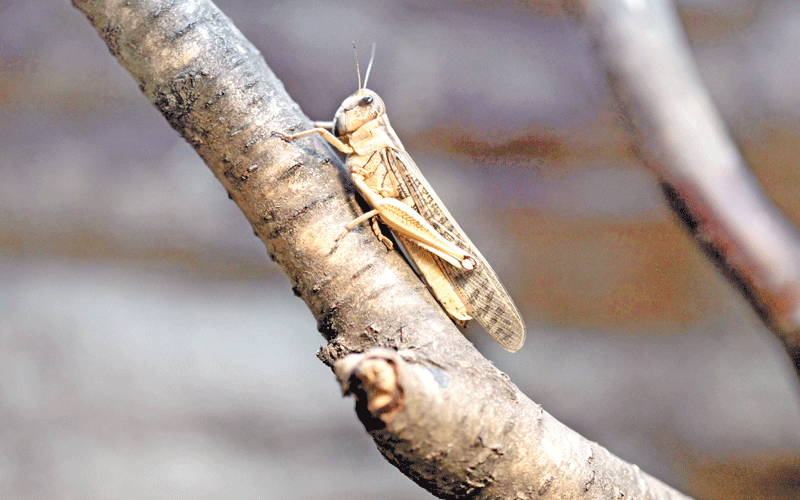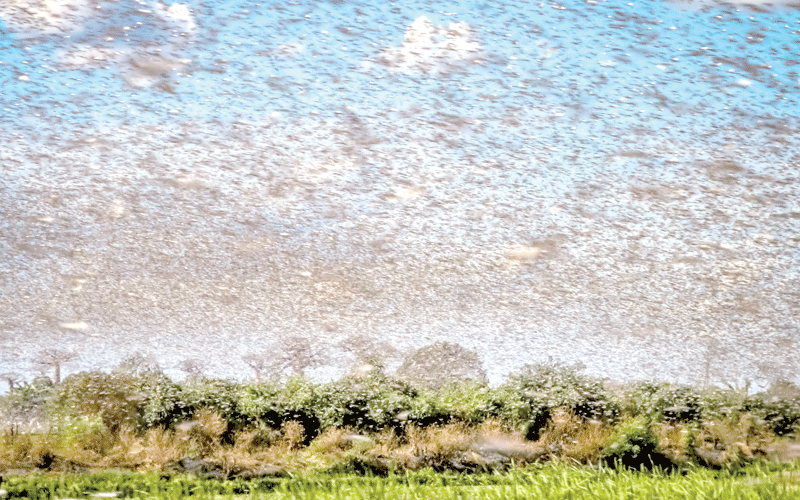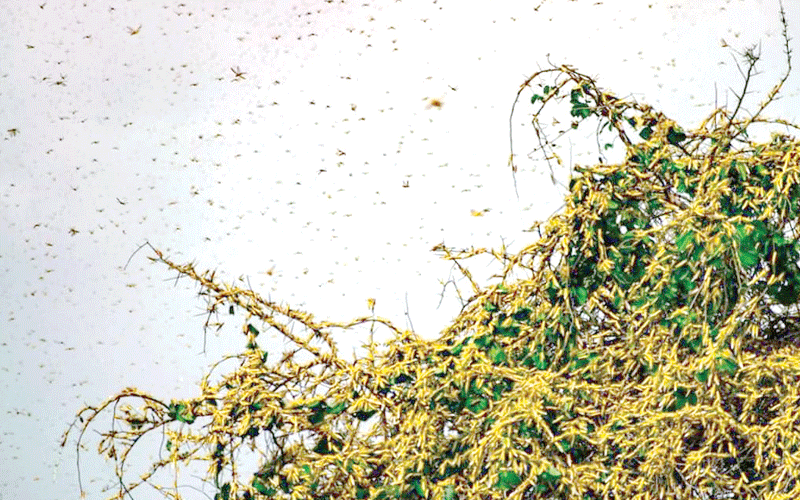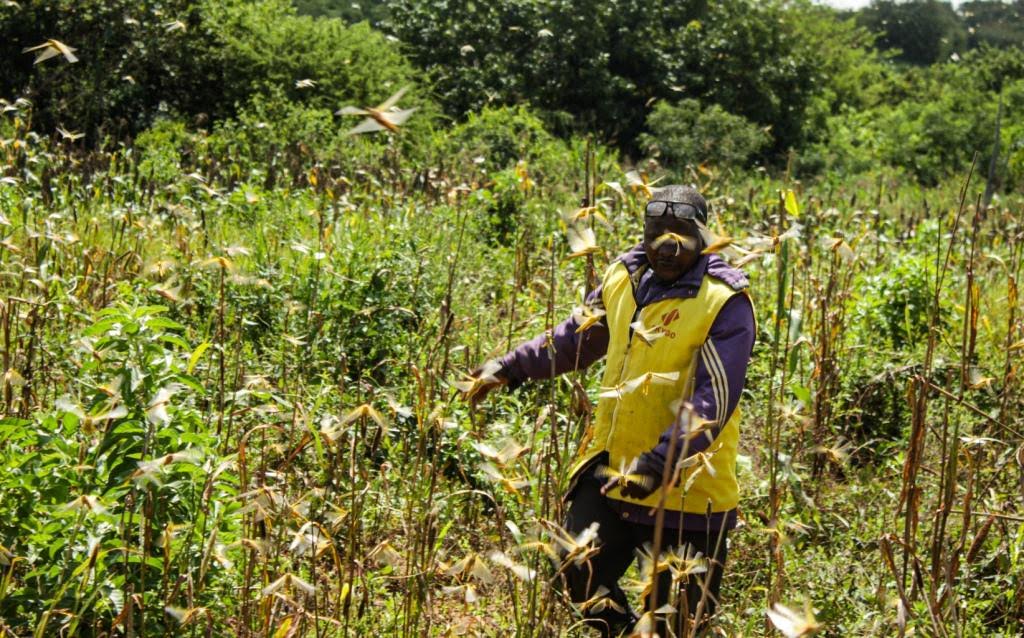Famine looms as desert locusts head to bread basket counties

Bernard Gitau and Nicholas Waitathu
The Food and Agriculture Organisation (FAO) has warned that the country is facing a serious food crisis as the desert locusts begin to spread to counties in the Mt Kenya and Rift Valley regions.
Yesterday, the new Agriculture Cabinet Secretary Peter Munya said Treasury had allocated Sh230 million towards the control of the locusts that have devastated many parts of the north-eastern region.
Speaking to the media at Kilimo House soon after taking over from Mwangi Kiunjuri who was sacked on Tuesday, Munya said the money will be used to hire three more spray aircrafts to fight locusts’ swarms in Garissa, Marsabit and Mandera counties.
This will be an addition to two aircrafts from the Desert Locust Control Organisation of Eastern Africa that have been undertaking aerial control of the insects.
He said the Ministry had also received four aircrafts from Kenya Wildlife Services, Kenya Pipeline and Kenya Forest Service.
Munya said the ministry had deployed 145 experts to the affected areas to train and mobilise county teams that will support the control efforts.
“The ministry has formed a technical team that will strategies and guide the management of desert locust with members drawn from government, private sector and academia,” he said.
Moving north
FAO says the locusts are currently in 12 counties of Mandera, Wajir, Garissa, Moyale, Marsabit, Isiolo, Samburu, Meru and Laikipia and are likely to move to Baringo, Turkana and Tana River.

“More swarms are expected in these areas as some are already moving north of Mt Kenya westwards to the Rift Valley (Baringo county),” said FAO in a statement.
An invasion of the food-rich Rift Valley and Central would aggravate the food shortage, considering the Ministry of Agriculture has reported that maize production fell by 11 million bags last year.
According to the Ministry, 33 million bags of maize were harvested in 2019 down from 44 million in 2018.
The drop is attributed to the late onset of the long rains and the outbreak of diseases such as fall army worms and unpredictable weather conditions.
With a significant single swarm of the immature swarm having already attacked an area measuring 60km long by 40km wide in the northeast, FAO said a single swarm can cover 1,200 square kilometres and can contain between 40 and 80 million locusts per square kilometer.
FAO says a desert locust adult can consume roughly its own weight in fresh food, that is about two grams, per day.
A very small part of an average swarm (or about one tonne of locusts) eats the same amount of food in one day as about 10 elephants or 25 camels or 2,500 people.
The spread is expected to continue northwest to Turkana county, while others will move west along the Ethiopian border, and some could move further south to Tana River county.
“In the Horn of Africa, there has been a significant and extremely dangerous increase in swarm activity during the past week in Kenya where numerous, large immature swarms are spreading from the initial invasion areas,” warned FAO.
The locusts have moved from the northeast (Mandera county) south to Wajir and Garissa, west along the Ethiopian border (Moyale and Marsabit counties) and southwest into now central areas north of Mt Kenya (Isiolo, Samburu, Meru, and most recently Laikipia counties).
Entomological Society of Kenya chairman Muo Kasina says breeding sites, preferably wet grounds, should be targeted in the control campaign.













